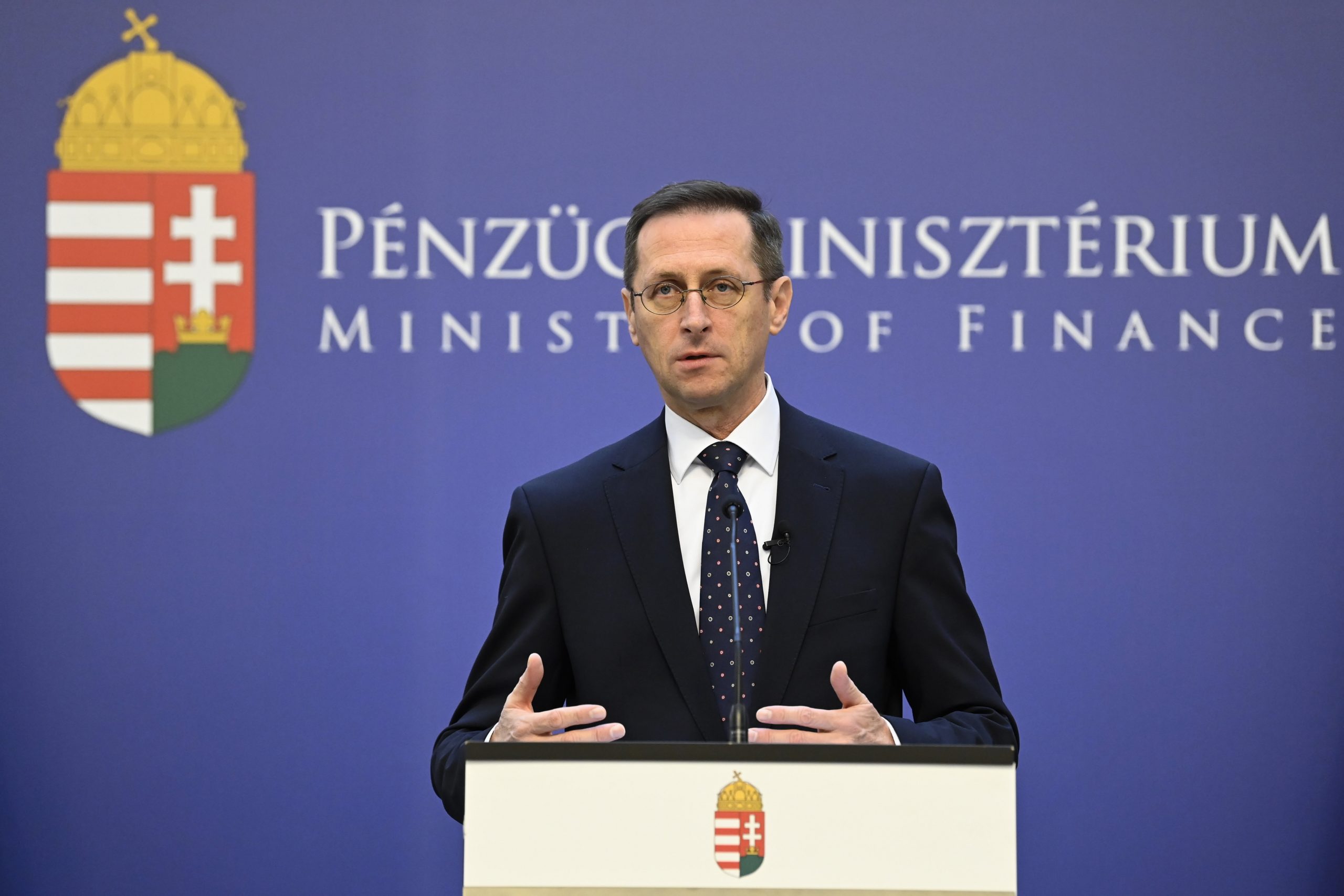
Hungary's budget deficit reached 83 percent of the full-year target after just four months.Continue reading

Hungary’s GDP grew by an annual 8.2% in the first quarter of the year, more than most would have expected, as revealed by data released by the Central Statistical Office (KSH) on Tuesday. However, it did so from a low base, while the government’s pre-election spending also definitely contributed to it. Most analysts expect Hungary’s economy to reach around a 4% yearly growth in 2022, which means that economic output could easily come to a standstill in the second half of the year.
As per KSH’s report:
In fact, both the annual and quarter-on-quarter data are higher than most expected. Liberal 444.hu‘s analysis set two main points.
Low base: 2021’s first quarter was still hit by lockdowns, with many hotels closed up and several businesses functioning at a reduced capacity. This was the only part of the year when GDP growth was in minus, meaning that the 8.1% was certainly a result of this low base level.
Pre-election spending: large-scale tax rebates, tax cuts, pension and wage hikes precluded the April 3 election. Although the Fidesz government explained distributions with the economy’s good performance, upcoming elections have certainly played a part, as a tight race was projected beforehand.
Forint weakening: the extent of this, if there is any, is still in question, but the weakening of the forint may have certainly played a part in the high figure.
Most analysts agree that the rest of the year would give less reasons to rejoice in terms of GDP growth. Due to the war in Ukraine, related sanctions against aggressor Russia, and huge and still climbing inflation rates, many foresee a yearly growth of around 4-5% for 2022. Previously, analysts interviewed by economic outlet Portfolio also agreed on a yearly GDP growth of 4%, something that would equal a GDP growth of around 0-2% in the rest of the year.
The Finance Ministry itself calculated a similar number as in its Convergence Program, sent to the European Commission, with the forecast of an annual growth of only 4.3%.
According to comments made by Finance Minister Mihály Varga, the Q1 growth rate showed that the “government measures have successfully cushioned the impact of the Russian-Ukrainian war,” adding that Hungary is still a “frontrunner” in terms of economic growth in the European Union.
“But the effects of the war and sanctions pose risk to the growth of the Hungarian economy,” he also explained.
Analysts commented that the low base a year earlier was a factor in the robust growth rate in the first quarter, and a slowdown was possible in the upcoming period.
Gergely Suppan of Magyar Bankholding said it was conceivable that Magyar Bankholding would up its growth forecast a notch for the full year to 5.9 percent in light of the Q1 figure, though a slowdown was expected in the coming quarters, with strained supply chains and a shortage of raw materials weighing on the back of the war in Ukraine and sanctions. Meanwhile, costs and lending rates are increasing while purchasing power is waning thanks to soaring inflation, he said.
Suppan added that the biggest risk to growth would be an oil and gas embargo, though this was unlikely, he added, since Hungary would probably secure a temporary waiver.
Gábor Regős of pro-government Századvég, said that growth in the first quarter was much higher than expected, driven by wage increases and government transfers, as well as an uptick in services thanks to revived tourism, so the growth rate for the full year may be higher than initial expectations, and exceed 5%.
featured image illustration via János Vajda/MTI